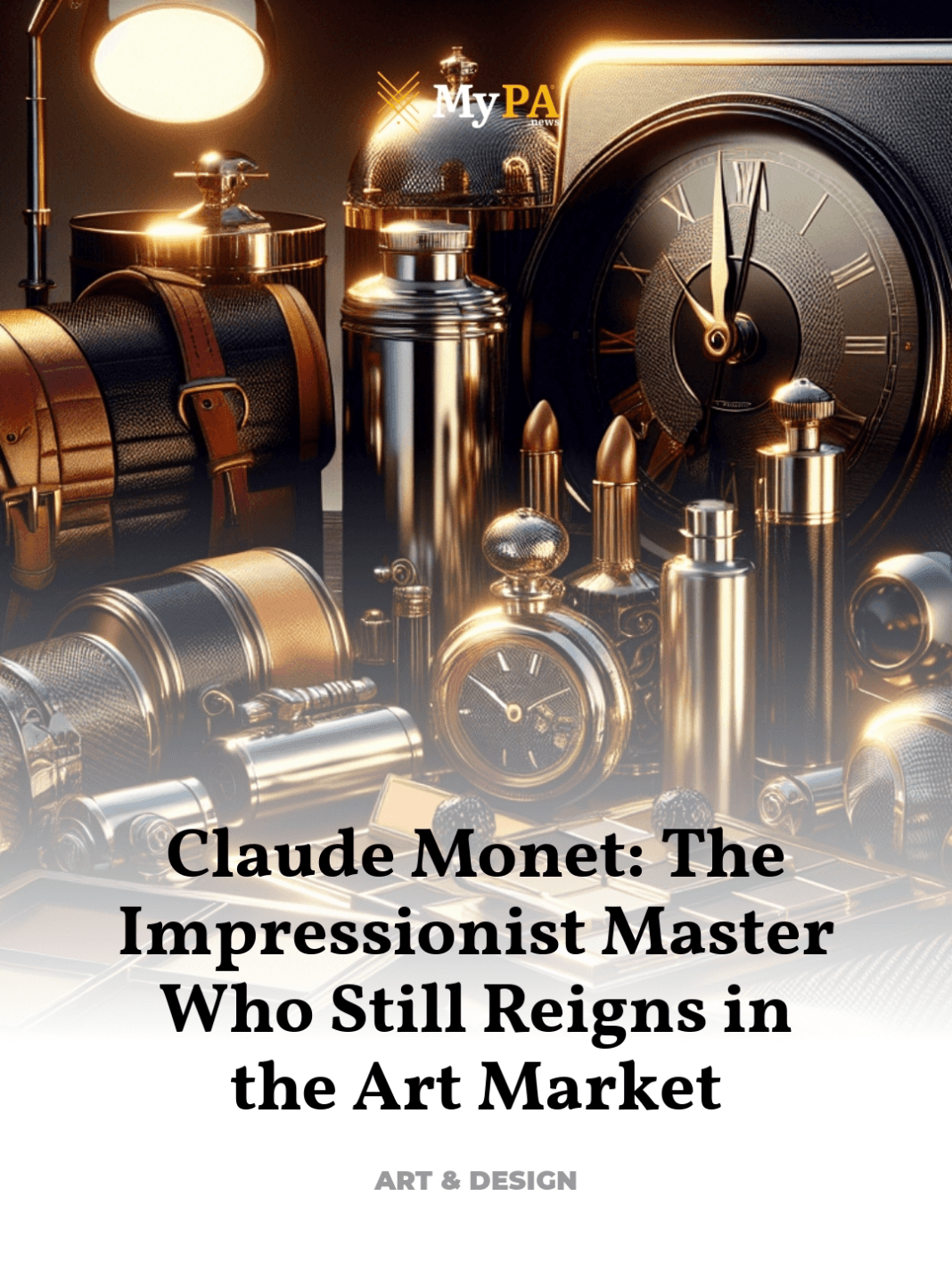Why Monet’s landscapes command staggering prices
Claude Monet, a name synonymous with Impressionism, continues to captivate the art world with his ethereal landscapes and vibrant color palettes. His works, celebrated for their innovative techniques and emotional depth, command staggering prices at auctions and are revered in prestigious collections globally.
- Monet’s Life and Artistic Legacy
- Technique and Innovation in Monet’s Art
- Why Monet’s Landscapes Command High Prices
- Cultural Significance of Monet’s Works
- Collecting Monet: Insights and Considerations
- Reflections on Monet’s Enduring Influence
Monet’s Life and Artistic Legacy
Claude Monet, born in Paris in 1840 and raised in Le Havre, was a pivotal figure in the Impressionist movement, which revolutionized the art world in the 19th century. His career, spanning over six decades, was marked by a relentless pursuit of capturing light and atmosphere, which became the hallmark of his work.
Monet’s early experiences in Le Havre, where he initially worked as a caricaturist, introduced him to working en plein air—a practice that would define his artistic methodology. His move back to Paris in 1859 marked the beginning of his formal artistic education and his exposure to future Impressionists like Renoir and Bazille.
The 1874 exhibition of “Impression, Sunrise,” from which the term “Impressionism” is derived, was a turning point not only for Monet but for all modern art. This painting, depicting a misty harbor scene, was noted for its loose brushwork and play of light, elements that would become central to Impressionist technique.
Key Works and Their Impact
Throughout his career, Monet focused on series paintings, where he captured the same scene under various lighting conditions, showcasing his acute perception of color and light. Notable among these are his series of the Rouen Cathedral, Water Lilies, and Haystacks, which demonstrate his advanced use of color and reflection.
Monet’s dedication to capturing natural beauty without embellishment allowed him to create some of the most enduring images in art history. His works not only challenge our perception of light and time but also invite us to see the world through his eyes—a world where light and color merge to create fleeting moments of beauty.
Technique and Innovation in Monet’s Art
Monet‘s technique, characterized by rapid, expressive brushstrokes, was revolutionary. His approach to color, preferring to use color shades directly from nature rather than relying on the studio, set a new standard for realism in painting.
His innovation extended beyond technique to his choice of subjects. Monet often chose landscapes and everyday scenes, elevating them beyond mere representation to evoke emotions. His series paintings, like the Water Lilies, are prime examples of this, where the focus shifts subtly from the physical subject to the play of light and the artist’s perception.
Development of Color Theory
Monet’s exploration of light and shadow, and his radical use of colors to capture different times of day and seasons, contributed significantly to the development of color theory. His detailed studies of the effects of light on the landscape, seen in his series of the Rouen Cathedral, helped to lay the groundwork for modern color theory, influencing countless artists and movements that followed.
Why Monet’s Landscapes Command High Prices
The art market‘s fascination with Monet can be attributed to several factors. Firstly, his works are a testament to a pivotal moment in art history. Owning a Monet piece is akin to owning a fragment of art history, a snapshot of the Impressionist era that forever changed the landscape of Western art.
Moreover, the sheer beauty and technical mastery of Monet’s paintings make them highly desirable. His ability to capture the essence of a moment, to record the subtleties of light and color, creates a timeless appeal. This universal appeal ensures that his works are not only admired but are also seen as valuable assets.
Record-Breaking Auction Sales
Monet’s works frequently achieve record-breaking prices at auction. For instance, his “Meules” sold for over $110 million at Sotheby’s in 2019, underscoring the high demand among collectors and institutions alike. These sales highlight not only Monet’s mastery but also the art market’s continued reverence for his work.
Cultural Significance of Monet’s Works
Monet’s influence extends beyond the confines of the art world. His approach to painting and his dedication to capturing transient moments have influenced various spheres of culture and thought, from literature and philosophy to fashion and film.
His works encourage viewers to perceive the world around them differently, to notice the interplay of light and color, and to appreciate the beauty in everyday scenes. This cultural shift towards an appreciation of the ephemeral has made Monet not just a painter but a cultural icon whose work resonates with a wide audience.
Collecting Monet: Insights and Considerations
Collecting Monet’s paintings is not merely an acquisition of art; it is an investment in beauty and history. However, prospective collectors should consider several factors, including the provenance of the artwork, its condition, and its historical significance.
Authenticity is paramount, as Monet’s high market value makes his works a target for forgeries. Thus, potential collectors must rely on provenance and expert verification to ensure the authenticity of a Monet painting.
Reflections on Monet’s Enduring Influence
Claude Monet’s legacy is not confined to his mastery of color and light; his influence is woven into the fabric of modern art and culture. His works continue to inspire artists and delight collectors, ensuring his place at the pinnacle of the art market.
Monet’s ability to translate the natural world into a canvas of vibrant light and color challenges us to see the beauty in the fleeting moments of life, making his art as relevant today as it was over a century ago.
For further exploration of Monet’s works and their impact, visit authoritative sources such as the Museum of Modern Art’s Monet Collection.



